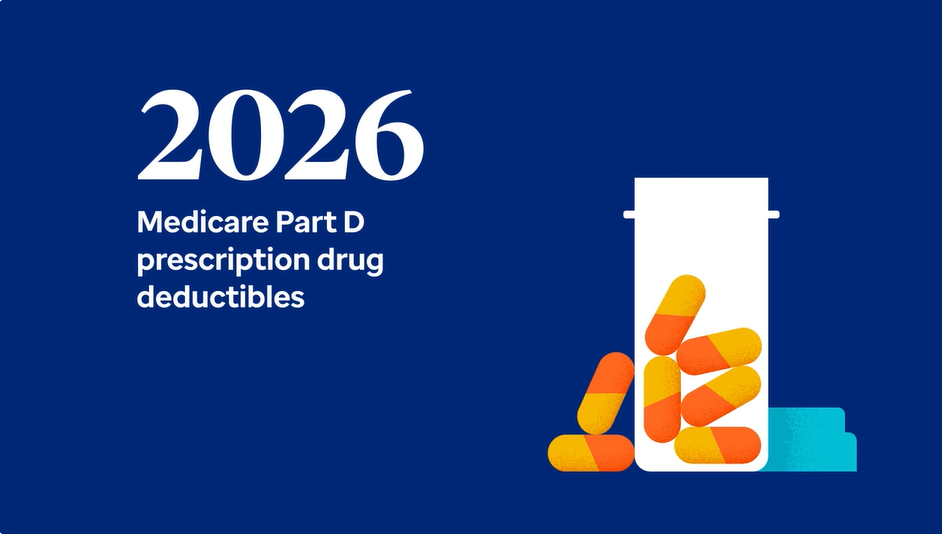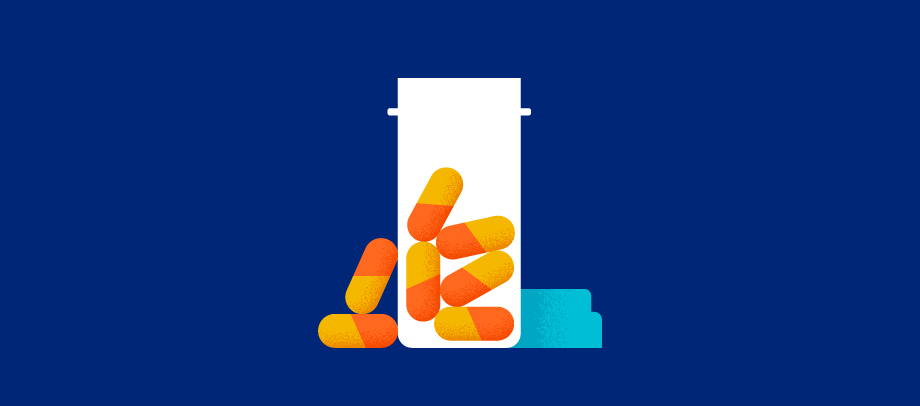Medicare Part D changes
What changes are coming to Medicare Part D in 2026?
With 45 years of experience you can count on, we understand that Medicare coverage is personal and changes to your coverage can affect your life. That’s why UnitedHealthcare wants you to be aware of industry-wide changes to Medicare Part D prescription drug coverage in 2026. Even as regulations impact the entire Medicare industry again this year, you can count on UnitedHealthcare to provide reliable Medicare Advantage coverage and support every step of the way.
Maximum out-of-pocket drug cost
The out-of-pocket maximum for a Medicare Part D prescription drug plan was $2,000 in 2025. That amount will increase to $2,100 in 2026.
Part D prescription drug deductible
The Part D prescription drug deductible is set by the federal government. In 2025 the amount is $590. In 2026 it will increase to $615.
What to know about
Medicare Part D prescription drug deductibles in 2026

Find the right Medicare plan for all your plans
Here's what you need to know
Additional resources and materials
Explore articles and FAQs for more in-depth information about Medicare Part D, so you can make confident decisions about your health insurance coverage.
Learn about Medicare Part D deductibles and how the Inflation Reduction Act (IRA) is simplifying drug coverage stages and lowering the out of pocket maximum for Medicare Part D members.
The Inflation Reduction Act (IRA) is a federal law that makes improvements to the Medicare program. Among other things, the IRA will expand Medicare benefits and help reduce Medicare members’ out-of-pocket costs for prescription drugs.



